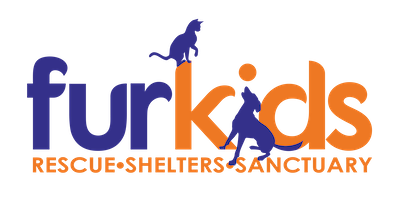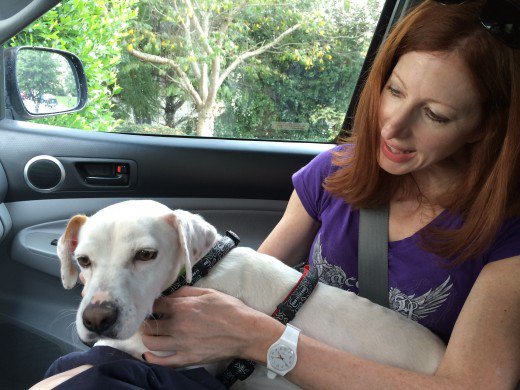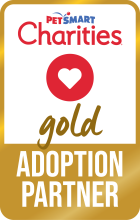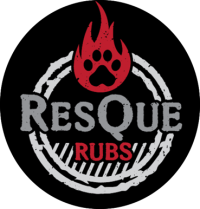I Am A Dog Foster Mom.
Our incredible foster, Marci Reynolds, writes about her journey through fostering and the joy it brings to her life!
We learned about dogs fostering when...
I first learned about fostering dogs when my husband and I decided to adopt a second Rat Terrier. We did some research online and found Rat Terrier Rescue, and a foster mom who was caring for several dogs we wanted to meet. We made the 2 hour trek to her home with our current Rat Terrier Lexie and proceeded to experience love at first bark with Tater Tot, now Tate. After the appropriate background and house checks, we adopted Tate and he became part of the family.
A few years after we adopted Tate, my husband and I made the life decision to relocate from Boston to Georgia for both work and better weather. As we discussed the type of new house we wanted, we agreed that the house would have to allow us to become foster dog parents. This meant finding a new home with a large fenced in backyard, no limitations related to pets, and enough space for multiple pets.
What is dog fostering?
The definition of dog fostering may vary slightly among dog rescue organizations, but in general it means allowing rescue dogs to live in a volunteer foster parent’s home until they are adopted and find a furever home. The dog rescue organizations usually pays for the shelter dog’s food, supplies and any medical bills, while they are living in foster care. As the foster parent, you agree to provide shelter, shower the dog(s) with love and take excellent care of them. You also agree to bring them to adoption events and to meet potential adopters.
There are many advantages to having a dog foster program. Every dog living in foster care frees up a space at the shelter for another animal to save. In addition, living in a home versus a shelter speeds up a dog’s socialization, good manners and those related habits, so they acclimate faster to their furever home.
Since my husband and I began working with our local shelter, Furkids, we have fostered ten dogs. In each instance we went to the physical shelter, looked at all the available dogs and then chose a dog that we believed would be a good fit in our household.
Our first foster, Theo
The very first dog we fostered, Theo, had been in the shelter for quite some time and was having trouble getting adopted. After Theo lived in our home for a few weeks, we understood why. Theo was a great dog, but could be very aloof and independent. When he met a new person, it took him quite some time to warm up to them. I brought him to a number of adoption events and meet and greets, and he did not connect with any potential adopters. The shelter staff call this “not showing well”.
After a whopping seven months, Theo finally found his forever home. At the time this was both a happy and sad event in our lives. We had grown to love Theo, but knew he was not a dog we wanted to keep. His adopters were a very nice couple who had another dog about Theo’s age and size to keep him company. After a short break, we decided we were ready to foster again.
What is a foster failure?
The second dog we fostered, Mittens, was a cute black Chihuahua that had been rescued with 20 or so other dogs from a dog hoarder. When we brought her home she was very shy, timid and sad. As time went by, her personality began to emerge and she started to trust us. Like Theo, I brought Mittens to a number of adoption events and none of the potential adopters expressed interest. This is when I learned that black dogs of any breed are the hardest dogs to get adopted. After a few more months with Mittens, we decided to adopt her. She was pretty low maintenance and got along with our two Rat Terriers. The official term for adopting your foster dog is “foster failure”, although it is a big win for the pup.
Now that we knew more about the types of dogs who got adopted faster, we were able to make better decisions about which fosters to choose next. Mittens was followed by several cute dogs who got adopted in weeks or months.
In addition for fostering dogs, I had also started volunteering at the physical shelter itself on weekends and was chatting one afternoon with the Shelter Manager. We were discussing how one of the other dogs who was rescued with Mittens, “Girl”, was still at the shelter and was having trouble getting adopted. I went over to Girl’s crate and saw a very sad little black Chihuahua huddling in the corner. She looked a lot like Mittens, but a smaller version. I took her out of her crate and we went outside for a walk. I felt bad for her and called my husband to ask if I could take Girl home just for the weekend and he agreed.
As soon as Girl entered our home, Mittens immediately went over to her and started showing affection. She was wagging, nosing and licking. It was a side of Mittens we had never seen. After months apart they remembered each other and really cared for each other. It was heartwarming.
Girl and Mittens were inseparable and both became happier and more social dogs. Ultimately, Girl never left our home and became our second Foster Fail.
At 4 dogs, we had to draw the line. Yes, we could continue to foster but NO, we could not have any more failures. (Although, I have to remind my husband of this from time to time.)

My special foster, Minnie
One afternoon, Furkids sent an email to all their foster parents asking for help. A stray Min Pin was found on the side of the road after being hit by a car. She had just had emergency surgery, could not walk and needed to find a foster home to recover in. My husband and I offered to help.
We brought Minnie home and had to carry her everywhere…to go out, to eat or to cuddle with us on the coach. She had broken her pelvis and needed at least 4 weeks to recover. She was a very sad sight. Not only was she immobile, she was also obese. As every day and then week went by, Minnie got better and better. After about 6 weeks, she was walking and at 2 months she was running. With her newfound mobility, fenced in backyard to exercise in, 4 other dogs to play with and from eating a healthy diet, she had lost several pounds and was no longer obese. She was a very funny, and silly and very lovable little dog.
When she was deemed healthy enough by the shelter vet, Minnie was made available for adoption and eventually found her forever home. For me, this was heart wrenching. I loved Minnie and it had been so rewarding to see her progress and get healthier. Even today, many months later, I feel sad when I look at pictures of Minnie. I miss her so much.
5 Things to Consider Before Fostering Dogs
You will become attached to the dogs. It can be very painful to see a dog that you now love get adopted by strangers, so you need to have a level of resilience and mental toughness to get past it. We are not the only foster failures out there. I see reports of them happening every week at our shelter.
Most shelter dogs are not housebroken. Of the 10 dogs we have fostered, only 2 were housebroken already. You have to expect to clean up some accidents for the first few weeks, and take time for potty training.
The behavior of the dogs at the shelter, may or may not be the same behavior of the dogs once you get them home. For example, a dog that is really shy at the shelter, may be much more outgoing after a few weeks at your home. Or, a dog that is very high energy at the shelter, may become much calmer after spending time in your home. When the dogs are living at a shelter, they are used to being pent up in creates or cages for a good part of the day with lots of barking and stress. The atmosphere in your home (is hopefully), much more blissful and supportive.
You will likely need to bring your foster to meet & greets, and adoption events so they get more exposure than just the shelter website. It is not just about caring for them in your home
You never know how long the foster dog will take to get adopted. When we chose our most recent foster, Wiley, we expected him to get adopted in less than a month. He is super sweet and cute and affectionate. However, almost three months have gone by and he has not been adopted. You never know when your foster dog will meet the right adopter.
I have found being a dog foster mom very rewarding. My husband and I created a Foster Wall, where we have posted pictures of all of our previous fosters to remind us of the experiences.









_200_49.png)



_200_175_75.JPEG)











